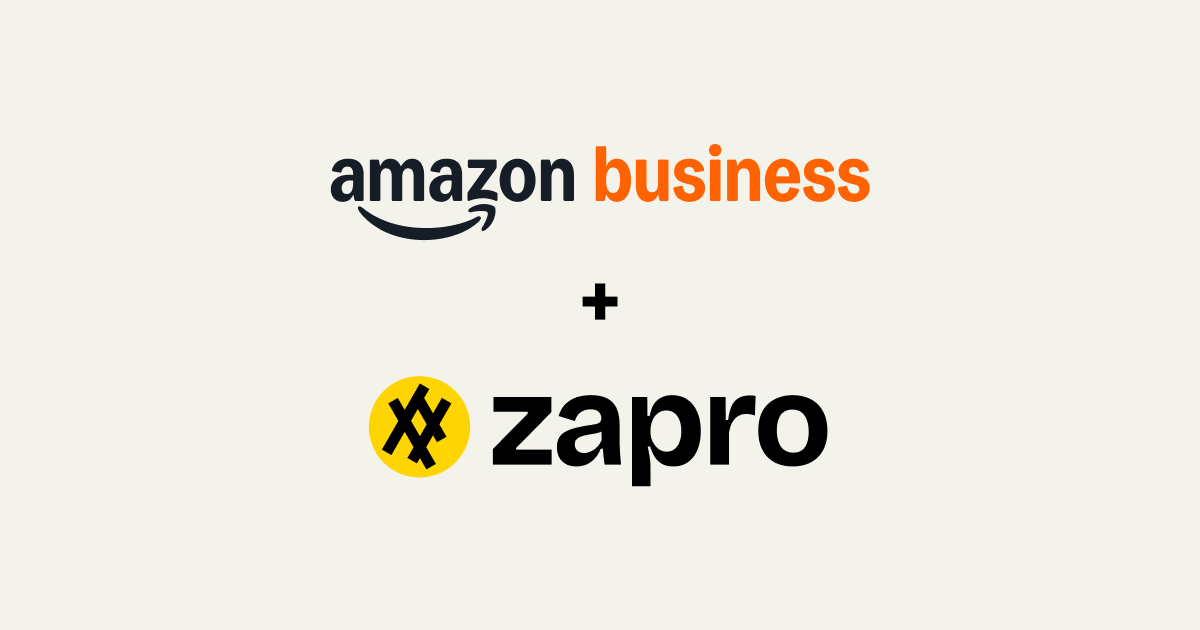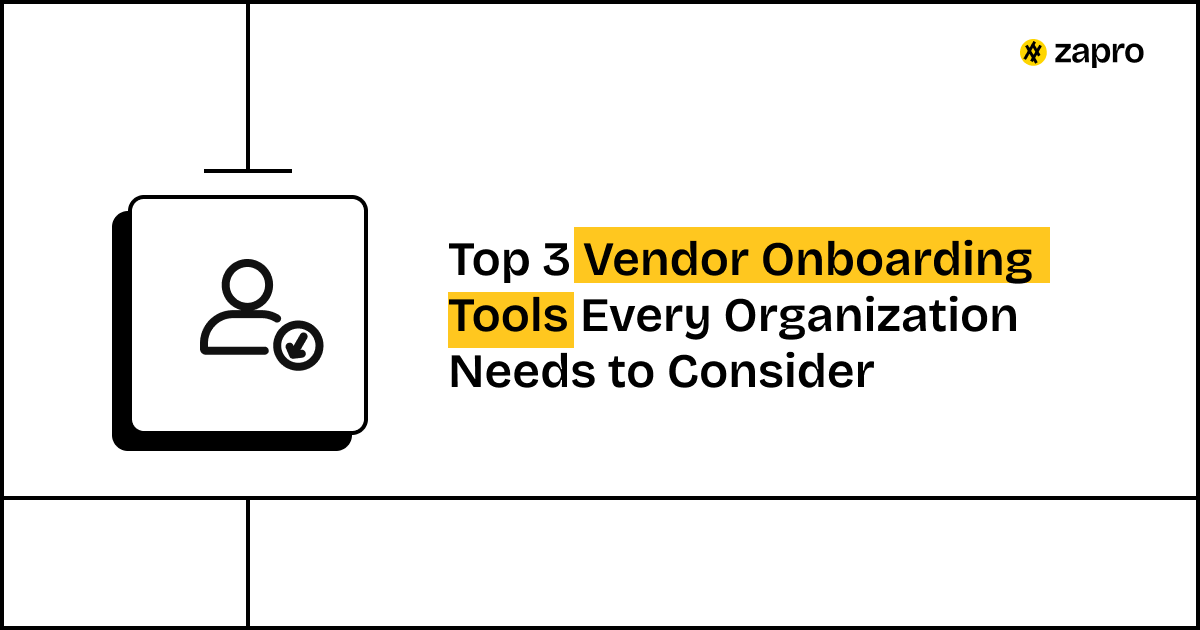For many organizations, the term vendor performance review meetings bring to mind the images of awkward conversations and data dumps that are one-sided. However, if you’re still treating these meetings like Q&A forums, you’re missing out on unlocking a greater opportunity for your business growth.
Effective supplier feedback sessions are the propellers for unceasing improvement. They are the crucial forums that transform transactional agreements into outstanding strategic supplier meetings, allowing you to unlock maximum value and innovation from your most important partners. This guide provides the complete framework for planning, running, and following up on these vendor quarterly business reviews (QBRs) to ensure they are fantastic, collaborative, and lead to measurable results.
Introduction: The Power of Proactive Vendor Reviews
Vendor performance review meetings play a vital role in acting as a well-organized checkpoint in the partnership lifecycle. Without any hiccups or pitfalls, these meetings offer a formalized time to scrutinize and observe the partners relationship’s health, discuss shortcomings, and plan for rapid growth overall.
From Confrontation to Collaboration: Shifting the Paradigm
The big don’t in a supplier feedback session is speaking with an adversarial tone. No supplier likes it, because in many scenarios a buyer presents a stack of data to prove the supplier failed. They are left with no choice but to defend themselves.
Every wise business person understands the point that success or failure is the result of collaborative effort. And, blaming one party to career the failure legacy damages the relationships. You must shift the paradigm from confrontation into collaboration.
In other words, use the vendor quarterly business reviews as a joint problem-solving forum. Provide the opportunity for both the parties to understand and accept the root causes of underperformance and stay committed to hand in hand solutions.
This aspect of thinking and mutual approach is crucial for improving vendor relationships management and turning them into genuine strategic assets.

World-class procurement organizations spend 21% less and have 29% fewer full-time-equivalents while generating more than double the purchased cost savings of typical procurement organizations.
Pre Meeting Preparation: Laying the Groundwork for Success
You cannot manage what you do not measure, and you cannot have a productive meeting without any delay painstakingly preparing. Preparation is where you effectively ensure the meeting’s success.
1. Defining Meeting Objectives and Agenda
Every vendor performance review meeting must have a clear purpose beyond mere reporting. Ask yourself: What is the desired outcome?
- For a QBR (Operational): The objective might be to agree on corrective actions to reduce the 15% missed delivery rate from the last quarter.
- For a SBR (Strategic): The objective might be to identify two joint technology investments to secure rapid growth in a breeze into a new market.
Once the objective is set, create a timed agenda that adheres to it. Allocate 30% of the time to past performance, 50% to collaborative problem solving and innovation, and 20% to action planning and follow up.
2. Gathering and Analyzing Performance Data (Scorecards, KPIs, Feedback)
Data preparation must be hassle free and accurate. All performance metrics (Quality, Cost, Delivery, Service) should be pulled effortlessly into a single pane of glass dashboard.
- KPIs and Scorecards: Highlight key trends, both positive and negative, before the meeting.
- Root Cause Analysis (Pre Meeting): Don’t just report the failure; try to comprehend why it happened. This prevents the supplier from spending the first half hour trying to explain the obvious.
- Internal Feedback: Gather feedback from internal stakeholders (e.g., end users, finance, IT) on the many facets of the supplier’s service. This holistic view provides outstanding context.
3. Identifying Key Discussion Points and Potential Issues
Create a list of 3-5 key topics that require active discussion. Steer clear of reviewing every single metric; focus on the ones that pose the biggest dangers or offer incredible opportunities. If cost is a hazard, prepare a painstakingly detailed comparison of their pricing structure side by side with market benchmarks.
4. Inviting the Right Stakeholders (Internal and External)
The right mix of attendees is crucial for effective decision making.
- Operational QBRs: Include the Procurement Manager, the Business Owner, and the Supplier’s Account Manager.
- Strategic SBRs: Include an Executive Sponsor (VP/Director level) from your side and a Supplier Executive (CEO/VP) from their side. These strategic supplier meetings require high level authority to make commitments without any delay.
Transform Your Vendor Reviews with Zapro

Conducting the Meeting: Facilitating Productive Dialogue
The way you facilitate the meeting defines its success. Remember, you are building improving vendor relationships, not just reading numbers.
Setting the Tone: Openness and Shared Goals
Start the vendor performance management review meetings by reaffirming the partnership and the goal: mutual success. Thank the vendor for their time and emphasize that the discussion is a two way street. This welcoming atmosphere is crucial for getting the vendor to open up about inadequacies on their side by side (and yours).
Presenting Performance Data Objectively
For easy understanding of all, present the data with visuals that are self-explanatory. Get started with success and move into areas that require attention. Choose the words correctly and avoid emotional terms, the data provided should speak for itself. Use the vendor quarterly business reviews data to pose a challenge rather than assign blame: “Our OTD was 85% last month. How can we get this into the 95% threshold?”
Facilitating a Two-Way Conversation: Supplier Perspectives
Once the data is presented, immediately turn the floor into the supplier. Nevertheless, check with them on their perspectives on the performance. Also gain insights about the market challenges they are facing, and any inadequacies they see in your processes (e.g., inaccurate forecasting, slow approvals). This shift ensures the supplier feedback sessions are truly collaborative. This rare level of honesty is key for improving vendor relationships.
Collaborative Problem Solving and Issue Resolution
This is the heart of the strategic supplier meetings. Dedicate the most time here. For every major inadequacy identified, work hand in hand with the supplier to develop a corrective action plan. Use “Five Whys” or similar root cause analysis techniques to comprehend the true issue because simply fixing the symptom leads to the problem’s reoccurrence.
Documenting Action Items and Responsibilities
All commitments must be documented, assigned to the owner, tracked, and set a firm deadline. Failing to do so can cause disruptions and affect the overall functions with lack of clarity. Remember, this is the crucial follow up mechanism that drives accountability without any delay.
Discussing Future Opportunities and Innovation
End the vendor performance review meetings by looking ahead. Spend time discussing market trends, new technologies, and potential joint innovation projects. This ensures the vendor quarterly business reviews focus isn’t just on the past; it reinforces the strategic value and potential for rapid growth side by side.
Post Meeting Follow up: Ensuring Accountability and Progress
The success of improving vendor relationships depends entirely on the follow up.
Distributing Meeting Minutes and Action Plans
Without any further ado, it is important to share minutes of the meeting in a clear and concise manner. Ensure the final action plan is highlighted in the document for easy understanding of all. In every way, the MoM should reflect the collaborative tone and the agreed upon commitments.
Tracking Progress on Agreed Upon Actions
The Procurement Manager’s role is to track the action items painstakingly. Use a centralized system to monitor progress against deadlines. If an action item is missed, schedule a brief check without any delay to understand why and reset the deadline. This proactive follow up ensures commitments adhere to the plan.
Scheduling Future Check ins and Reviews
The follow up doesn’t end with the current action list. Confirm the date for the next vendor performance review meetings subsequently before everyone disperses. For high-risk items, schedule interim check in calls dedicated solely to reviewing those specific action items.
Common Pitfalls and How to Avoid Them
These dangers are common for all and even top performers fall a prey:
- Lack of Preparation, Unclear Objectives: This results in a meeting where the team simply reads through old emails. Steer clear of this by requiring all data and the final agenda to be shared one week in advance.
- One Sided Feedback: If the meeting is just a monologue, the supplier feedback sessions will fail. Ensure the supplier has equal time to present their data and perspectives on inadequacies.
- Too Tactical vs. Strategic: Allowing the conversation to get bogged down in bizarre invoice details or minor technical issues undermines the strategic purpose. Steer clear of this by enforcing the timed agenda and limiting tactical discussions to dedicated project managers outside the main review.
How Zapro.ai Streamlines Your Vendor Review Process
Managing the many facets of vendor performance review meetings in spreadsheets is incredibly time painstakingly and error prone. Zapro.ai provides the technology to make your vendor quarterly business reviews fabulous and effective.
Zapro.ai centralizes all vendor performance data, communication logs, and action items into a single pane of glass. Our platform automates dashboard creation, making meeting preparation effortlessly easy. It also presents both the parties with a collaborative approach alongside complete tracking and this ensures accountability and measurable progress from every strategic supplier meeting.
Conclusion: Building Stronger Partnerships Through Structured Engagement
By now it should be clear that effective vendor performance review meetings are the difference between a transactional supplier and a strategic supplier meetings partner. If you wish to prioritize preparation, collaborative problem solving, and rigorous follow up then picking a structured framework that prioritizes preparation is of paramount importance. By doing so, you’ll be able to transform these sessions into the most powerful tool for improving vendor relationships.
In the longer run, you’ll witness a supply chain that is compliant, robust, innovative that drives your business to rapid growth. This is accomplished because you have invested into the shared success of your most crucial partners. If you would wish to learn more on how to go about it, our experts are happy to welcome you for a free discussion.

Stop Manual Vendor Reviews. Start with Zapro.
Automate evaluations, track metrics in real-time, and simplify vendor management with seamless feedback sessions.
Don’t miss our weekly updates
We’ll email you 1-3 times per week—and never share your information.

 Healthcare
Healthcare Financial Services
Financial Services Technology
Technology Venture Capitalist
Venture Capitalist Chief Procurement Officer
Chief Procurement Officer Chief Financial Officer
Chief Financial Officer




